Overview
Triund Trek, tucked in the Dhauladhar Range near McLeodGanj in Himachal Pradesh, packs in the perfect mix of adventure and natural beauty. It’s one of the best treks in Dharamshala. With a short distance of 9 km one way, Triund trek is one of the easiest Himalayan treks. Standing at 9,284 feet, this is an easy trek giving you a high altitude trek experience without much hassle.
This trek can be done over a weekend, as a quick outdoor hiking adventure. The trek begins at the town of McLeodganj, which also has a thriving Tibetan culture. Though Triund trek is short, there are some sections that are steep. But, the trail takes you through beautiful rhododendrons and oak trees which won’t make you tired. The sounds of Himalayan songbirds will fill your ears with sweet melodies. If you are birdwatcher, the trek is going to be an absolute delight!
Upon reaching Triund’s flat meadow at the top, you will be rewarded with breathtaking views of the snow-capped Dhauladhar mountains on one side and the Kangra Valley on the other. The sunset here feels like a live painting, dipping you in hues of orange and purple.
Triund trek is accessible most of the year except during heavy winter snowfall. Summer is certainly the best time to go on this trek, because that is when the meadows bloom with alpine flowers. Spring brings lush greenery to the forests, while autumn offers clear skies and cooler temperatures—perfect for those seeking to explore without summer crowds.
So, if you are looking for an escape from the hustle and bustle of your routine, Triund trek is your answer.
Trek Itinerary
Hiking Distance: 9 km; 6-7 hours
Altitude: 2,830 m/ 9,284 ft
Today’s Difficulty: Easy
Highlights: A scenic view of McLeodganj and Dharamshala as you gain altitude, Bhagsu Nag Temple, and Oak Forest
Start your morning early, and head to McLeodganj’s main square. From there a pleasant 2km will get you to Bhagsu village from where to begin the trek to Triund. This village is known for its ancient and famous Bhagsu Nag Temple dedicated to Snake God. You can take a quick detour to visit the temple, where the sacred pool is believed to have healing properties. Pray for a safe trek and head to the Bhagsu Waterfall. The walk to the waterfall is gradual but steady, with steps carved into the mountainside. Cascading from a height of about 20 meters, the waterfall is spectacular. Spend some time there, before you continue the trek.
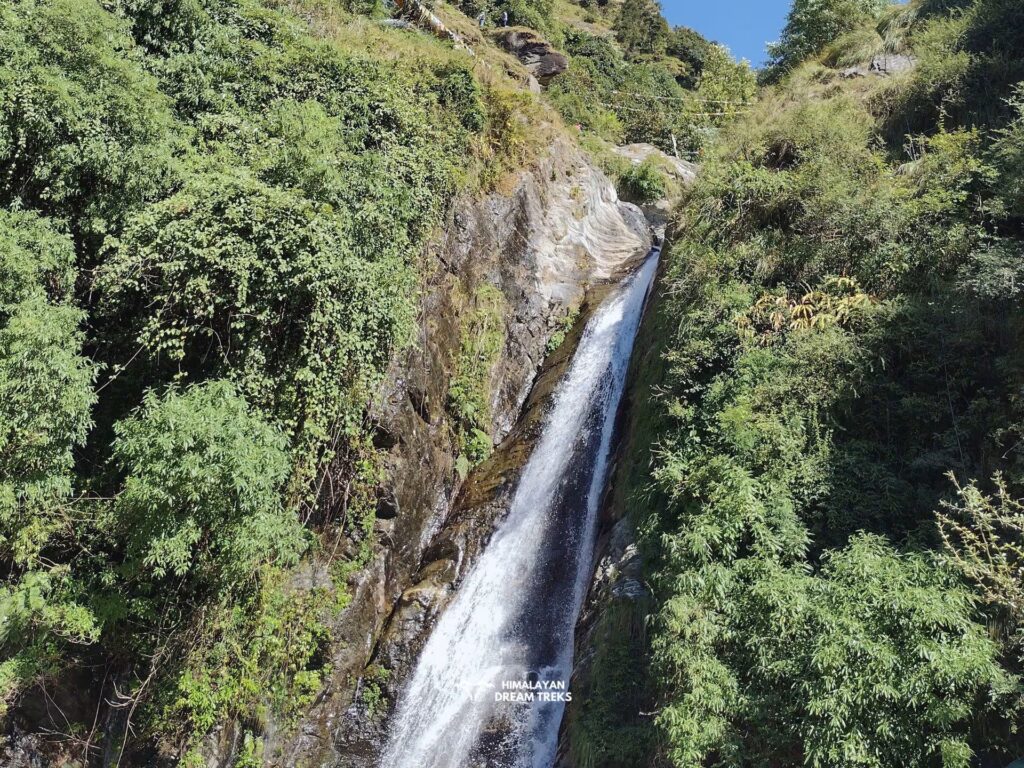
From Bhagsu Falls, the trail becomes steep, passing through dense rhododendron and oak forests. Watch out for colorful Himalayan birds and Langurs swinging from one tree to the other.
By afternoon, you will find yourself on the trail that connects Bhagsu with the main path from Dharamkot near Shiva Café. Stop there for a quick lunch and treat yourself to pahaad wali maggi noodles, and continue to the final ascent to Triund.
The trail becomes a little challenging here, with rocky terrain, boulders and steep incline. There are about 22 curve bends on the entire trail. As you climb higher, you will see the forest thin out and the Kangra valley becomes visible. After sometime you will reach the flat grassland of Triund and see a stunning spread of the Dhauladhar mountains.
You can either camp at Triund by renting the tents, or stay at the forest rest house, by making an advance booking at Dharamshala.
Water sources are limited, so it is advised to carry atleast 2 litres of water with you. You can eat the local dhabas enroute the way, or carry your own food.
Hiking Distance: 9 km
Descent Time: 5-6 hours
Wake up to sun rays hitting the Kangra valley, which will make you forget the soreness from the previous day of trek. Descend your way back to McLeodganj along the same trail. Coming down will take a lot less time than it took to climb up. It’s a short day, so enjoy the walk and stop by at the cafes and soak in the mountain views along the way. In case you missed visiting the temple and waterfall on Day 1, you can cover it on this day.
If you are short on time you can also head back to the base on Day 1 itself, trekking the entire distance to Triund and back in a single day.
But, if you have time, you can ascend further from Triund to Lahesh Cave. Lahesh Cave is the base camp for the climb to Indrahar Pass, which sits at 14,250 feet.
After you reach McLeodganj, you can walk through the charming streets of the town, savour Tibetan Momo, experience the Tibetan culture and explore the local markets for Tibetan handicrafts.
Triund Trek Package Details
Price Inclusion
Accommodation: 1 night accommodation at Triund in a camping tent
Meals: Evening Tea, Snacks, Dinner, and Breakfast
All the required forest and camping permits
Certified Trek Leader
First Aid Kit
Price Exclusion
5% GST is not included
Any items not mentioned in the inclusion
Any expenses arising from emergencies or personal expenses
Best Time for Triund Trek
Triund trek can be through the year, here is a breakdown by season, giving the best season to trek.
The spring and summer months of March to June are undoubtedly the best time to trek Triund, giving you the best weather conditions, and pleasant scenery. It gives you the perfect trekking experience, especially if you are a beginner. The clear skies give you jaw dropping views of the Dhauladhar range. Carry enough sunscreen and water to protect yourself from the sun draining you.
| Weather | Pleasant, Warm, Sunny |
| Temperature | 15 to 25 °C during the day and 5 to 15 °C during the night |
| Clothing Layers | Light layers and warm jackets. |
| Scenery | Lush meadows, blooming flowers, views of snow capped mountains |
September to November is another perfect time to do the Triund trek. The weather is cool and comfortable, making it perfect for long hikes. The trail is surrounded by great foliage and crisp air. Be prepared for colder nights by packing warm clothing. Ensure you carry a flashlight as days grow shorter during this season.
| Weather | Cool and dry |
| Temperature | 11 to 22 °C during the day and 5 to 15 °C during the night |
| Clothing Layers | Light layers and warm jackets. |
| Scenery | Golden autumn hues, clear skies, Meadows, views of snow capped mountains |
The months from December to February, winter transforms Triund into a dreamy snow paradise but makes trekking more challenging due to extreme cold and icy trails. Temperatures can drop below freezing at night. Only experienced trekkers should attempt this season with proper gear like snow boots and heavy jackets.
Monsoon Season
During the months of July to August, the region sees rainfall, making the trails slippery and prone to landslides. While the valleys turn green and misty views are charming, trekking during this season is not recommended due to safety concerns.
Difficulty Level of Triund
Triund trek is ranked one of the easiest treks in the Himalayas. It is an easy to moderate trek.
It is suitable for beginners given its well defined paths and a manageable altitude gain, and for experienced trekkers too. The trek involves a mix of gradual ascents, steep sections, and easy descents. While the first 5 kilometers are relatively simple, the last stretch, known as the “22 Curves“, is slightly more challenging. The trek can be completed in 4-6 hours depending on your pace and fitness level.
Terrain
The terrain of the Triund Trek is a combination of rocky paths, forest trails, and meadows. The trail passes through lush oak and rhododendron forests, dipping you in scenic beauty along the way. Some sections require navigating paths filled with boulders, and the last section of the trek is steep and tests how well you have trained your muscles!
Walking Distance and Altitude Gain
The trek spans approximately 9 kilometers from McLeodGanj to Triund Hill at an altitude of 9,284 feet. The altitude gain is gradual but noticeable as you ascend through the forested trails. The steep climb at the end requires some endurance and steady footing, especially for beginners. The altitude gain is manageable.
Weather & Temperature
Summer and Autumn seasons are relatively easier to trek in as they have the most favourable weather conditions. But winter and monsoon seasons pose significant challenges making the trek challenging and adventurous, which only experienced trekkers should be eyeing at, with proper equipment and training.
Trek Essentials
- 35-40 Ltr Bag Pack With Rain Cover & Comfortable Straps
- Water Bottle Like Borosil and Milton
- Energy Bar, Dry Fruits, and ORS
- Personal Medical Kit
- 1 Pair of Sunglasses (UV Protected)
- 1 Neck Gaiters (Buff)
- Tiffin Box
- 2 Full Sleeves (Non-Cotton)
- 1 Full Fleece T-Shirt
- 1 Fleece Jacket (Woolen or Sweater)
- 1 Waterproof Jacket/ Poncho
- 1 Pair of Thermal Inners (Upper and Lower)
- 2 Trek Pants (Avoid Shorts and Denim Pants)
- 1 Pair of Waterproof Gloves
- 1 Pair of Woolen Gloves
- Sun Cap
- Woolen Cap
- 4 Pairs of Cotton Socks
- 1 Pair of Woollen Socks
- 1 Waterproof and High Ankle Trekking Shoes
- 1 Pair of Floaters
- Hand Sanitizer and Sunscreen Lotion
- Toothbrush and Toothpaste
- Toilet Paper
- Quick Dry Towel
- Lip Balm and Antibacterial Powder
- Moisturizer
- Aadhaar Card, Pan, or Passport for Applying Permit
- Trek Insurance
- Medical Certificate
- Self-Declaration Form
- Sleeping Bag
- Common Tent
- Mattress
- Dining Tent
- Camping Stool
- Walkie Talkie (For Team)
- Utensils
How To Reach Base Camp
The nearest airport is Kangra Airport (Gaggal Airport) in Dharamshala, located about 20 km away. Taxis are readily available from the airport, and it takes about 1 hour to reach the town.
The nearest railway station is at Pathankot, about 90 kilometers away. From there, you can hire a taxi or take a bus to Dharamshala. Regular trains operate between Pathankot and major Indian cities like Delhi, Mumbai, Kolkata.
Dharamshala is well-connected to many places like Delhi, Chandigarh, and Shimla. You can choose to drive down in your own vehicle or by hiring a private taxi. Regular buses operate from major cities like Delhi and Chandigarh.
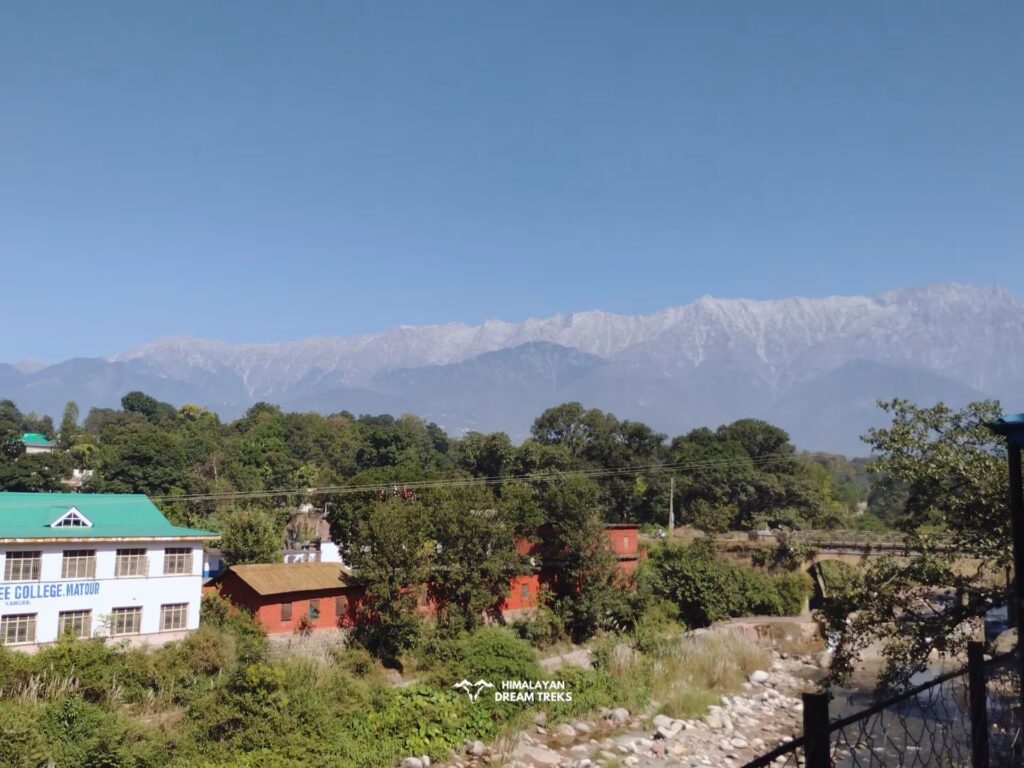
Though these months are mostly cloudy, if you are lucky, you can enjoy the bright landscapes under clear skies. The campsites are covered in a blanket of snow, and near Judha Ka Talab, trekkers can even walk on the frozen lake.
Triund Map
Peaks Visible From Triund
Current Weather & Temperature
Additional Info about Triund
Cultural & Historical Insights
Tibetan Culture: McLeod Ganj became home to His Holiness the Dalai Lama, following his exile from Lhasa, Tibet. And popularly came to be known as the ‘Little Lhasa’. The region reflects a rich blend of Tibetan and Buddhist culture and Himachali traditions. You can explore monasteries like Namgyal Monastery.
Religious Significance: The Bhagsunag Temple is dedicated to Lord Shiva and Nag Devta. Legend has it that King Bhagsu, facing a severe drought, stole water from the sacred Nag Dal Lake. After which a battle ensued with Nag Devta. Defeated, King Bhagsu asked for forgiveness, and Nag Devta, moved by it, granted him abundant water for the kingdom. The site was then named Bhagsunag, in both their remembrance. The temple and sacred springs are believed to have healing properties.
Colonial Past: The region around Dharamshala was popular among British colonialists, especially in the late 19th century, due to its cool climate. It served as a cantonment area for British troops. As you walk along the streets, you can still see the colonial legacy in the architecture.
Local Culture: The trek also offers an opportunity to interact with locals who live in harmony with nature. Their simple lifestyle, and hospitality give a glimpse into their rich heritage. Local cafes along the trail serve authentic Himachali dishes like Siddu, adding culinary delight to your journey.

Flora & Fauna
The Triund trek is a haven for nature enthusiasts offering a vibrant display of flora and fauns.
Flora: The trail passing through beautiful rhododendrons, oak trees, and pine trees. The higher altitudes have alpine meadows dotted with wildflowers like daisies and buttercups, making the landscape more beautiful.
Fauna: Trekkers may spot Himalayan birds such as magpies, bulbuls, and warblers chirping amidst the trees, making it a paradise for birdwatchers. One can also spot mountain goats and sheep along the trail. Though the forests are home to Himalayan Black bears, the sighting is rare.
Nearby Destinations to Visit
Dharamkot: Dharamkot is a quaint village located just above McLeod Ganj, offering a serene escape for those seeking solitude. It is famously known for its yoga retreats and meditation centers providing a peaceful atmosphere.
Kangra Art Museum: This museum holds a treasure of art and history about the Kangra Valley and Tibetan Culture, with more than 1500 artefacts, dating to 5th century AD.
St.John in the Wilderness Church: Built in 1852, this church is from the British Raj times, in the neo-gothic architectural style and has Belgian stained glass windows.
Gyuto Monastery: This Monastery is the dwelling place of Karmapa, a revered Tibetan Lama, located at Sidhwari.
Chamunda Devi Temple: 15 km from Dharamshala, on the banks of Ban Ganga, lies this 700 year old temple, drawing pilgrims round the year.
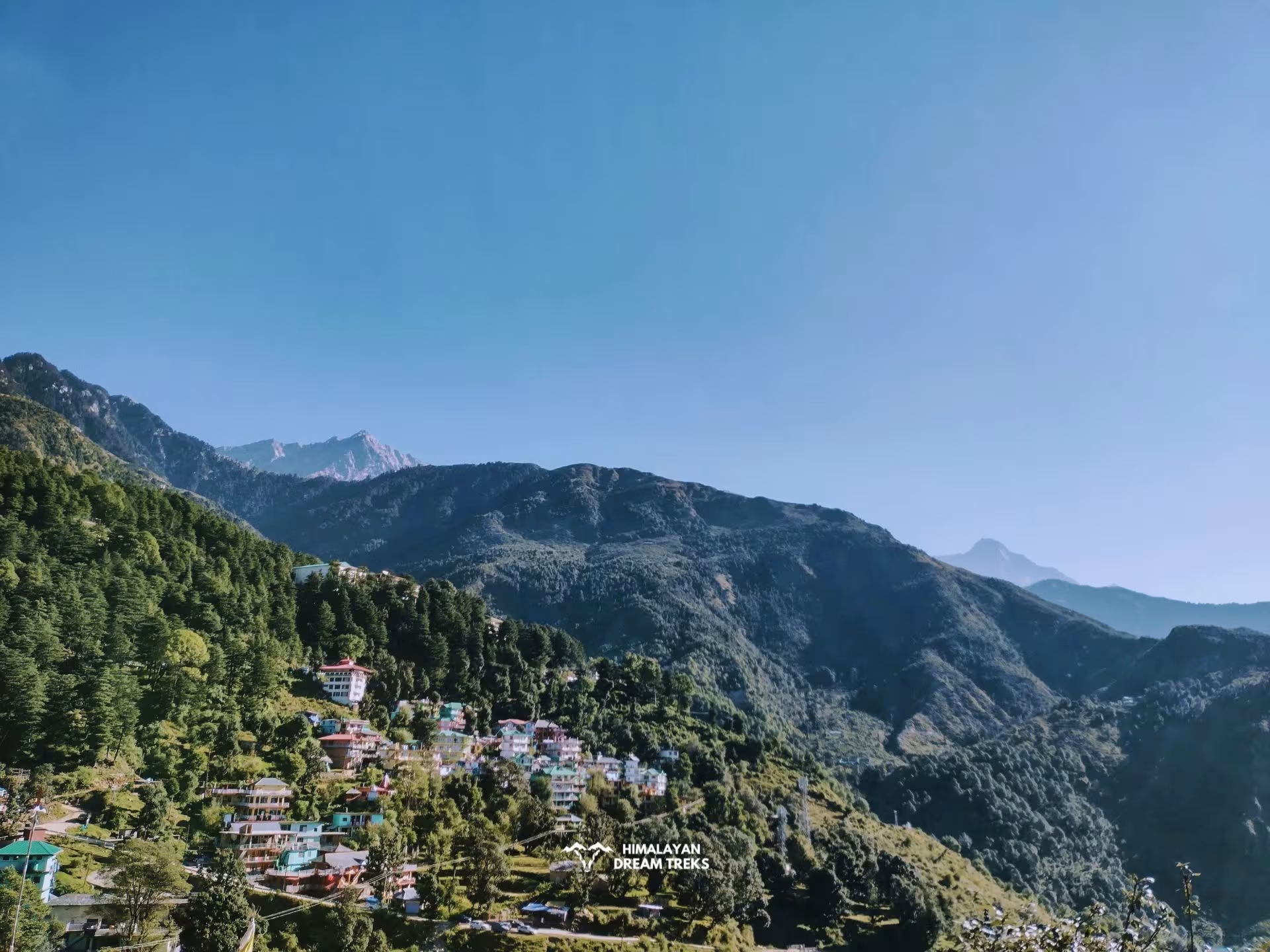

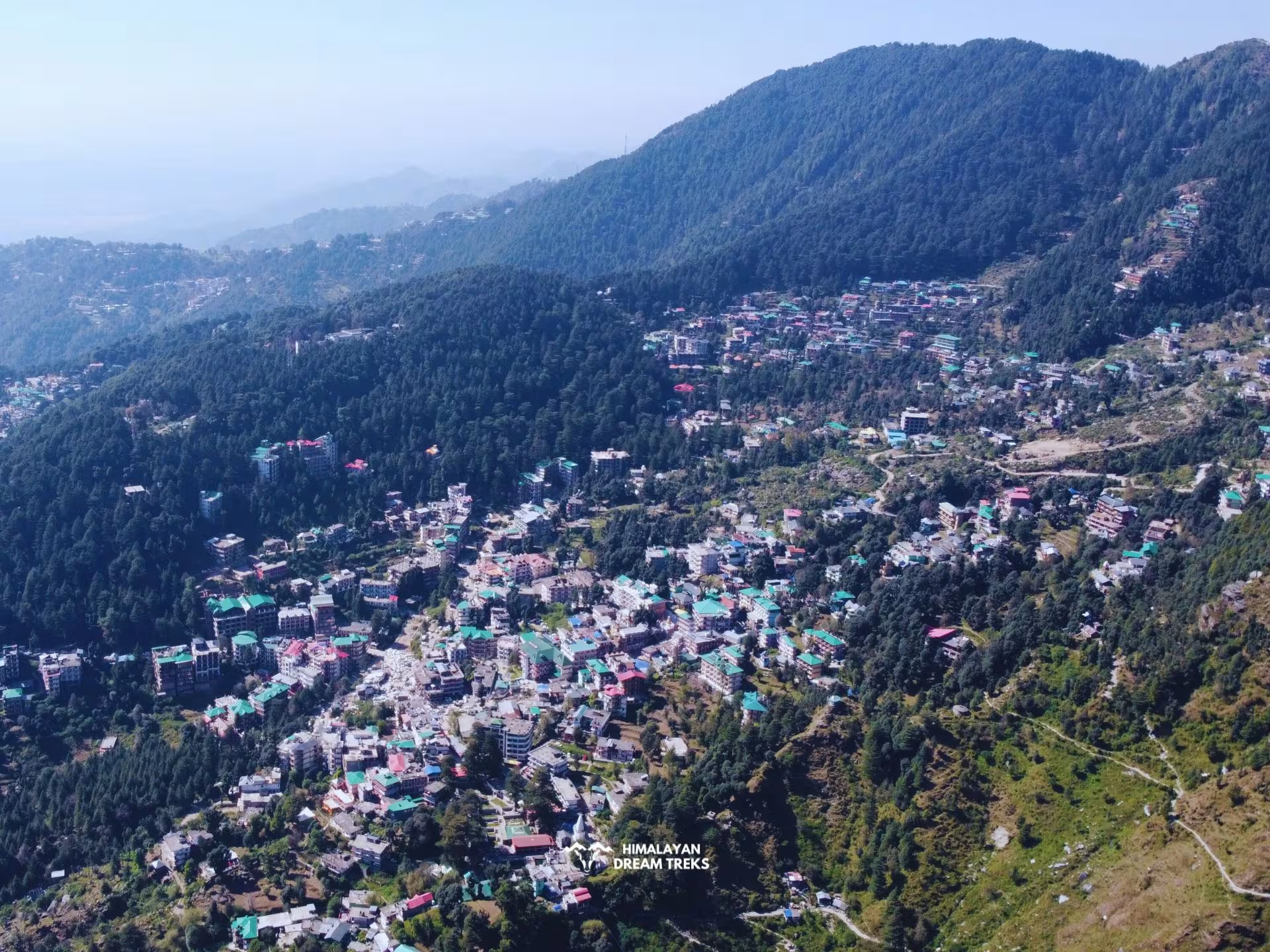


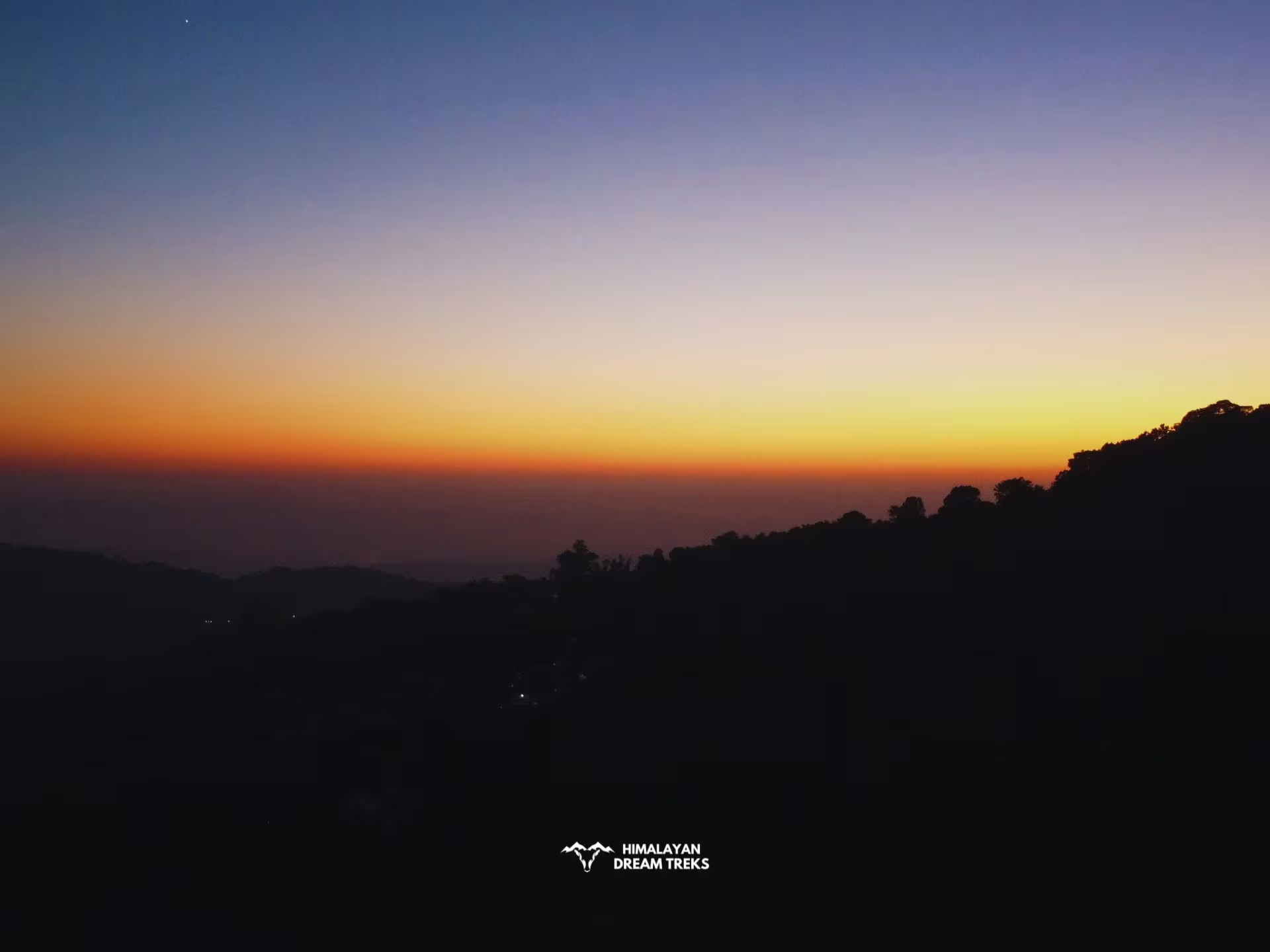
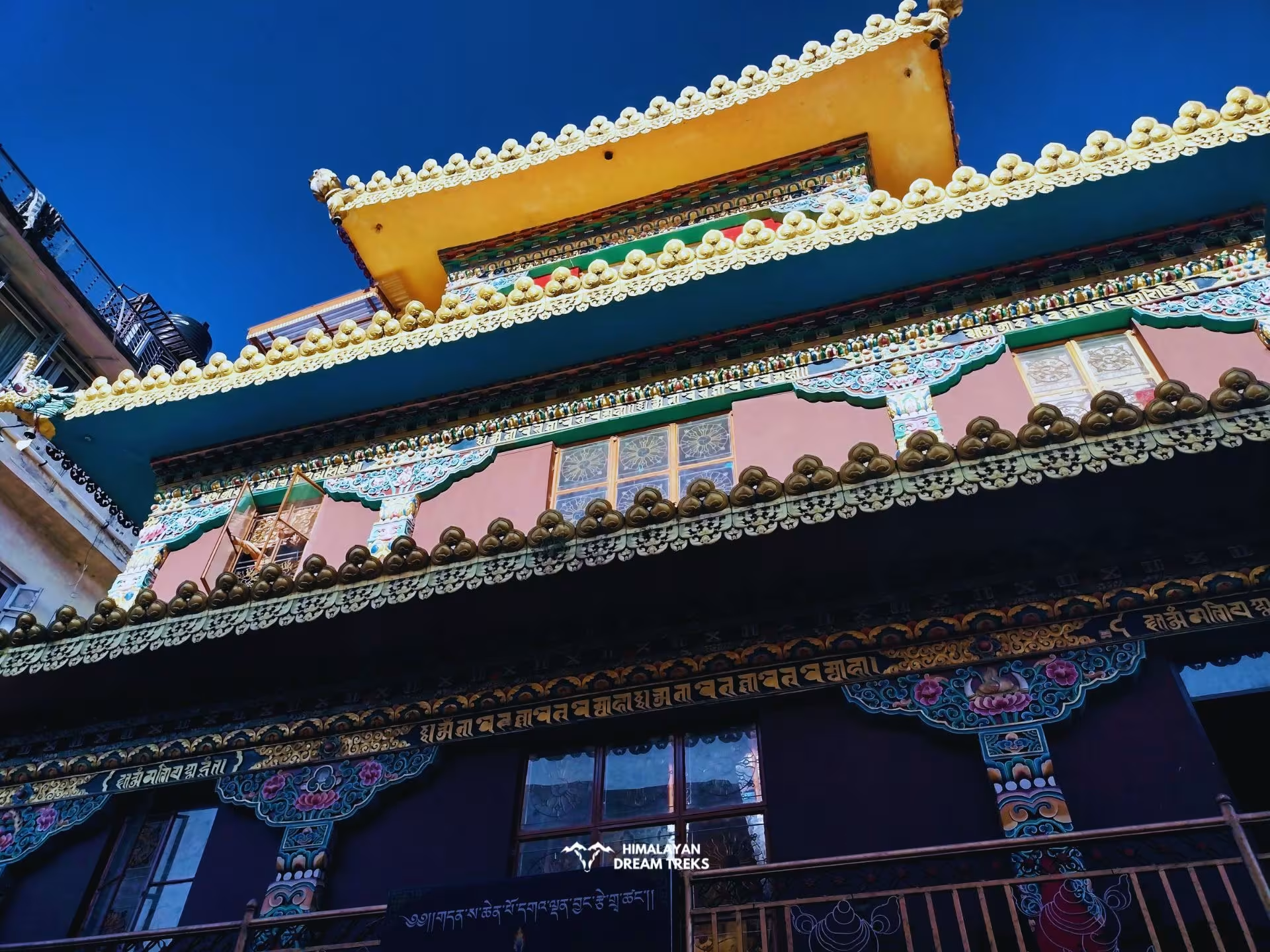
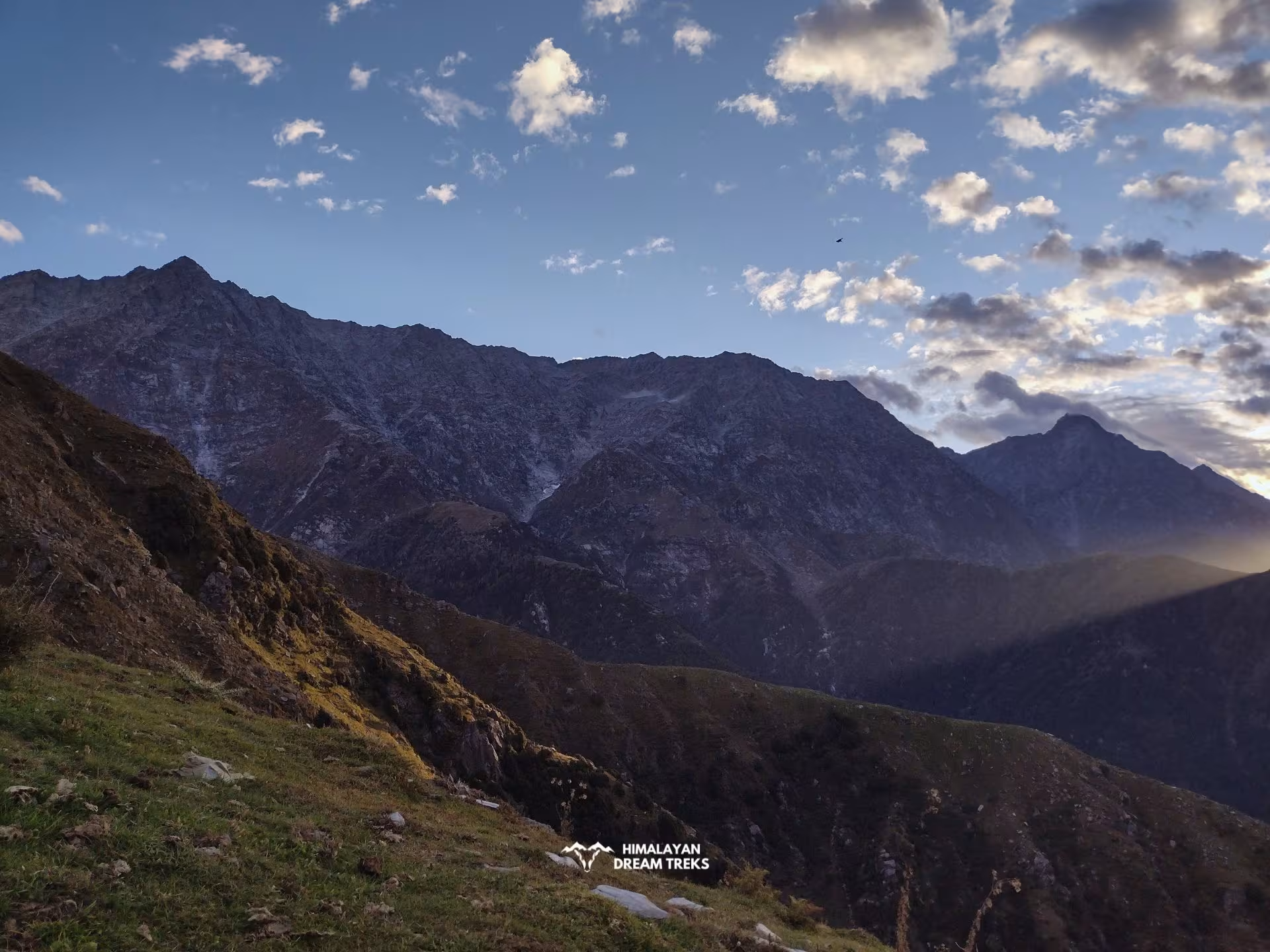
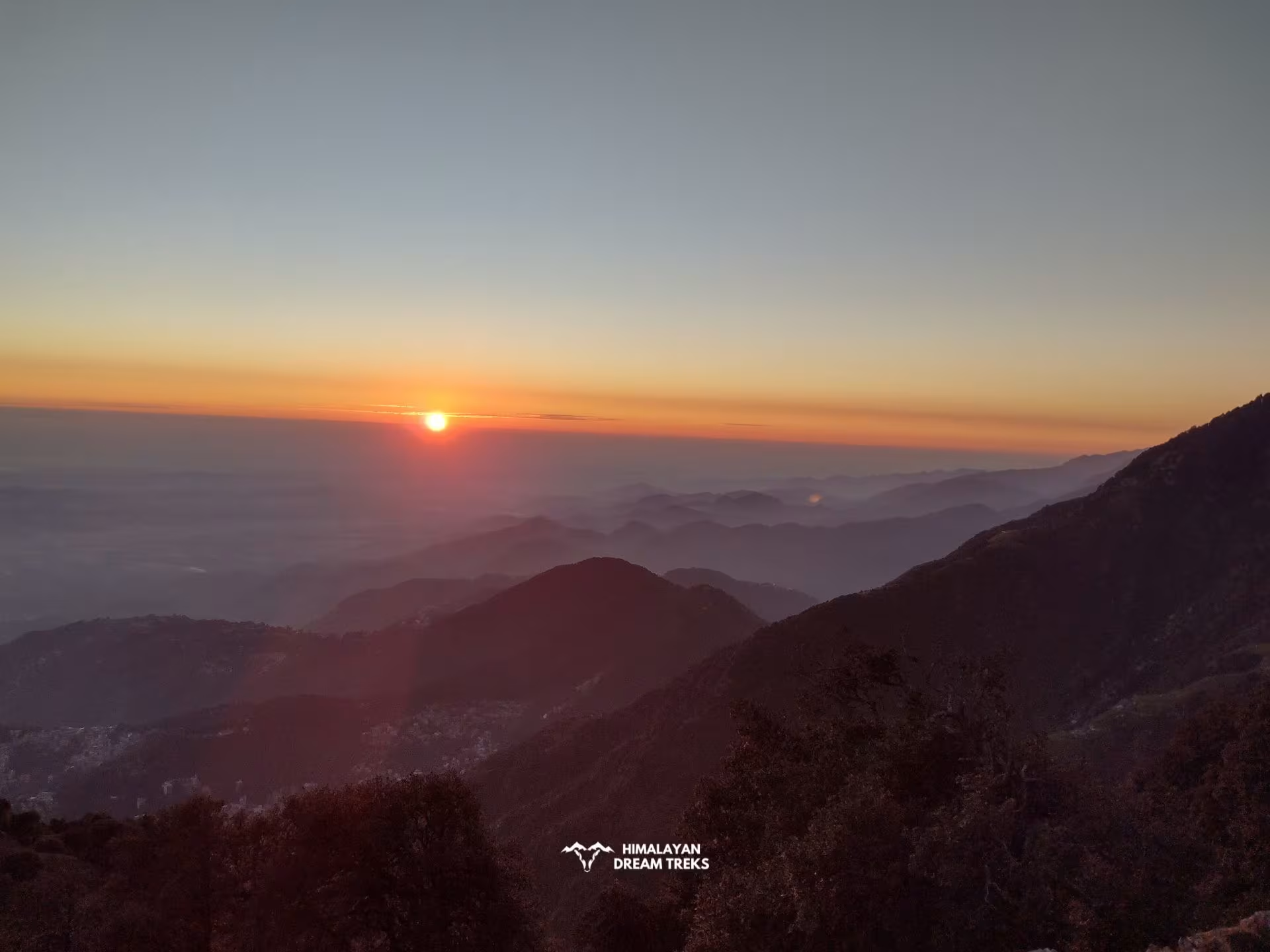
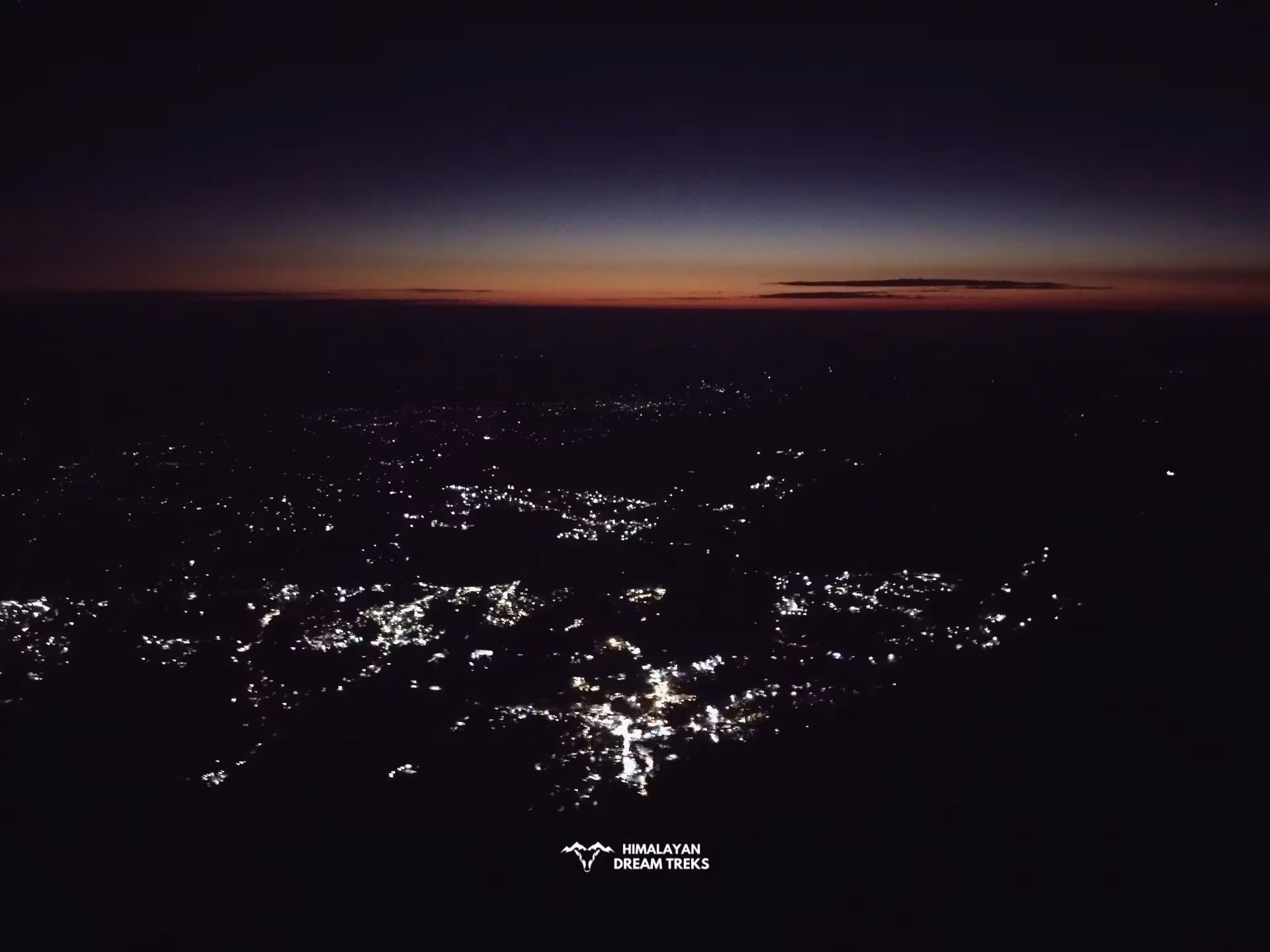
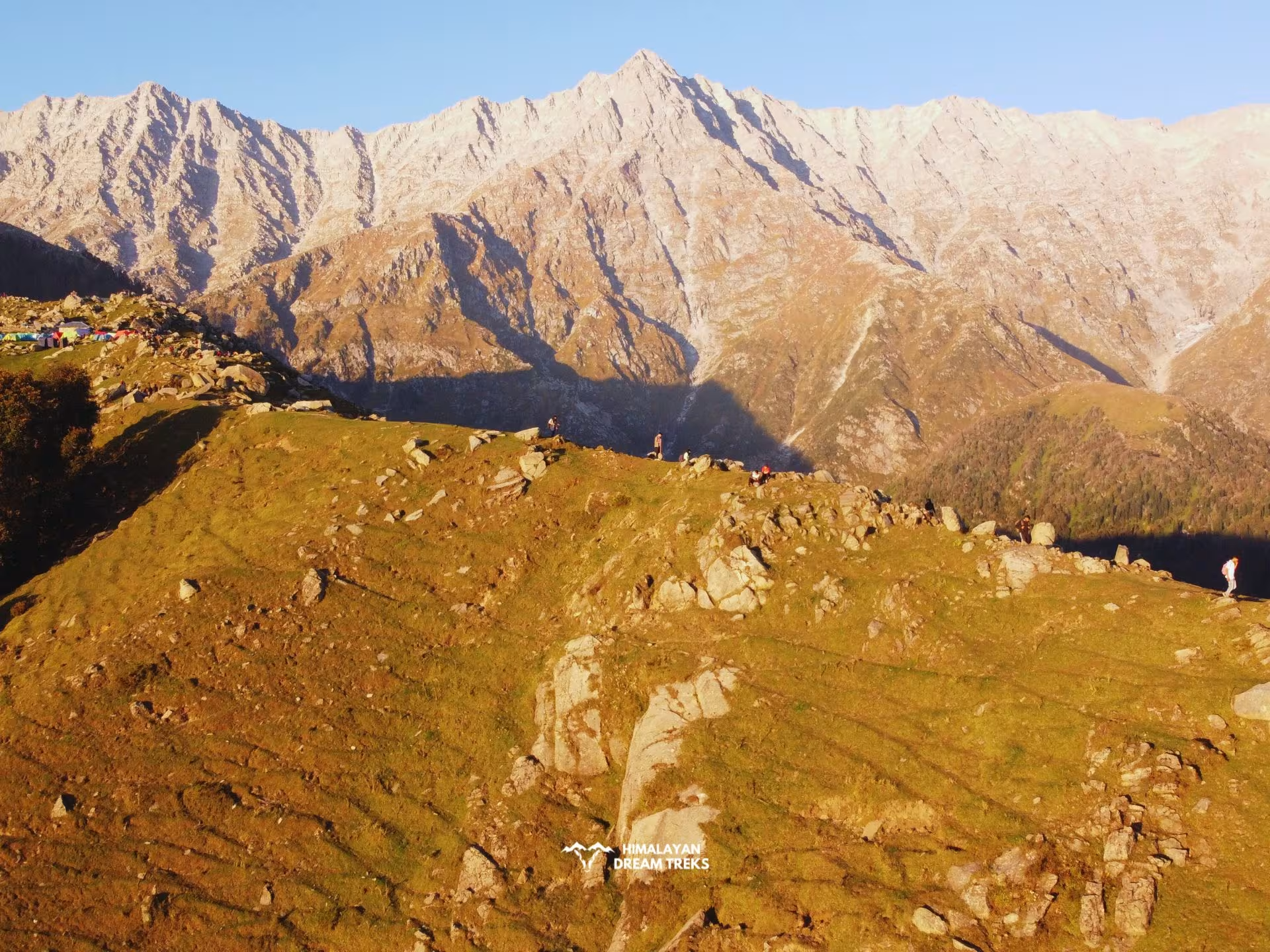
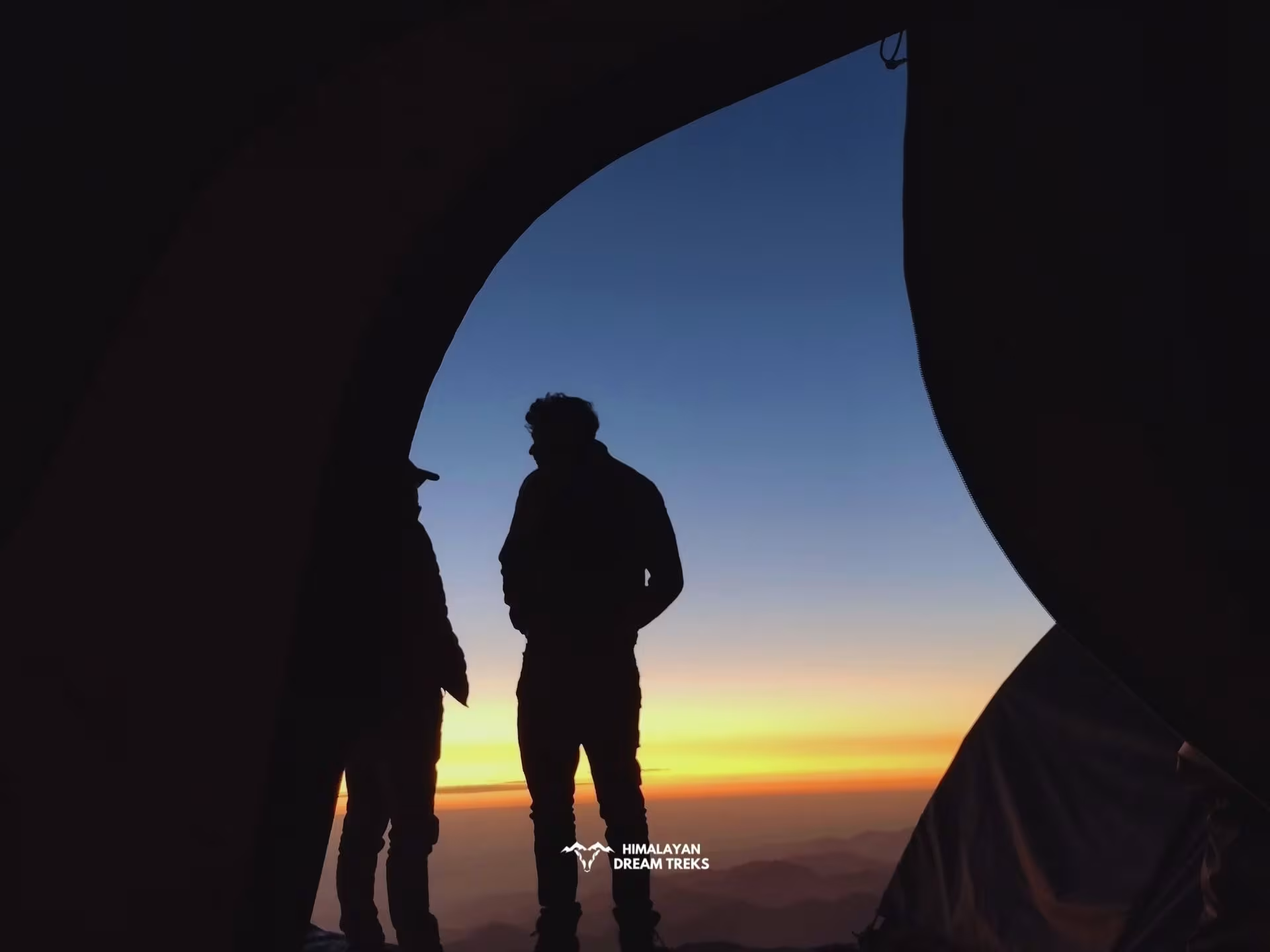
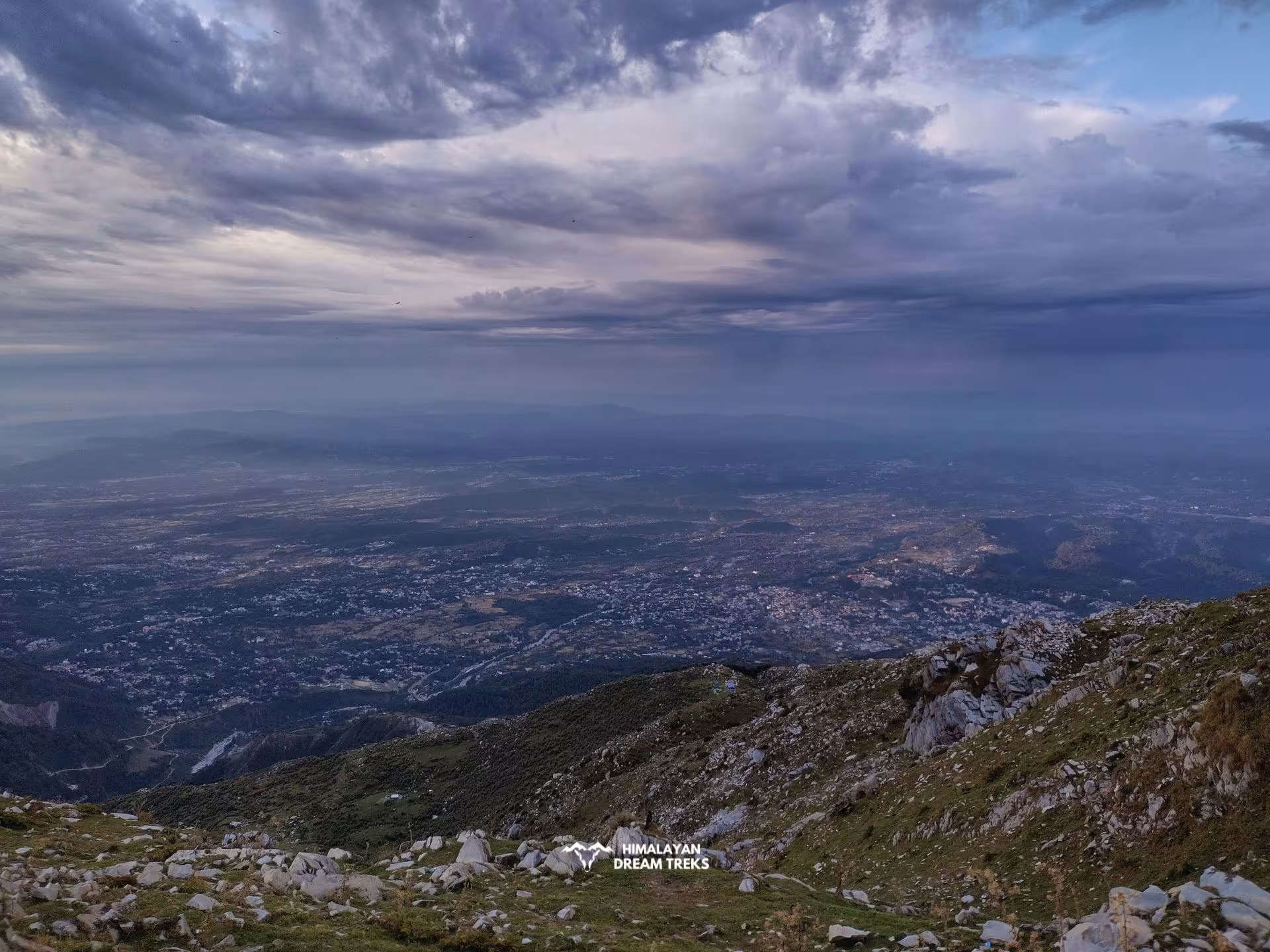
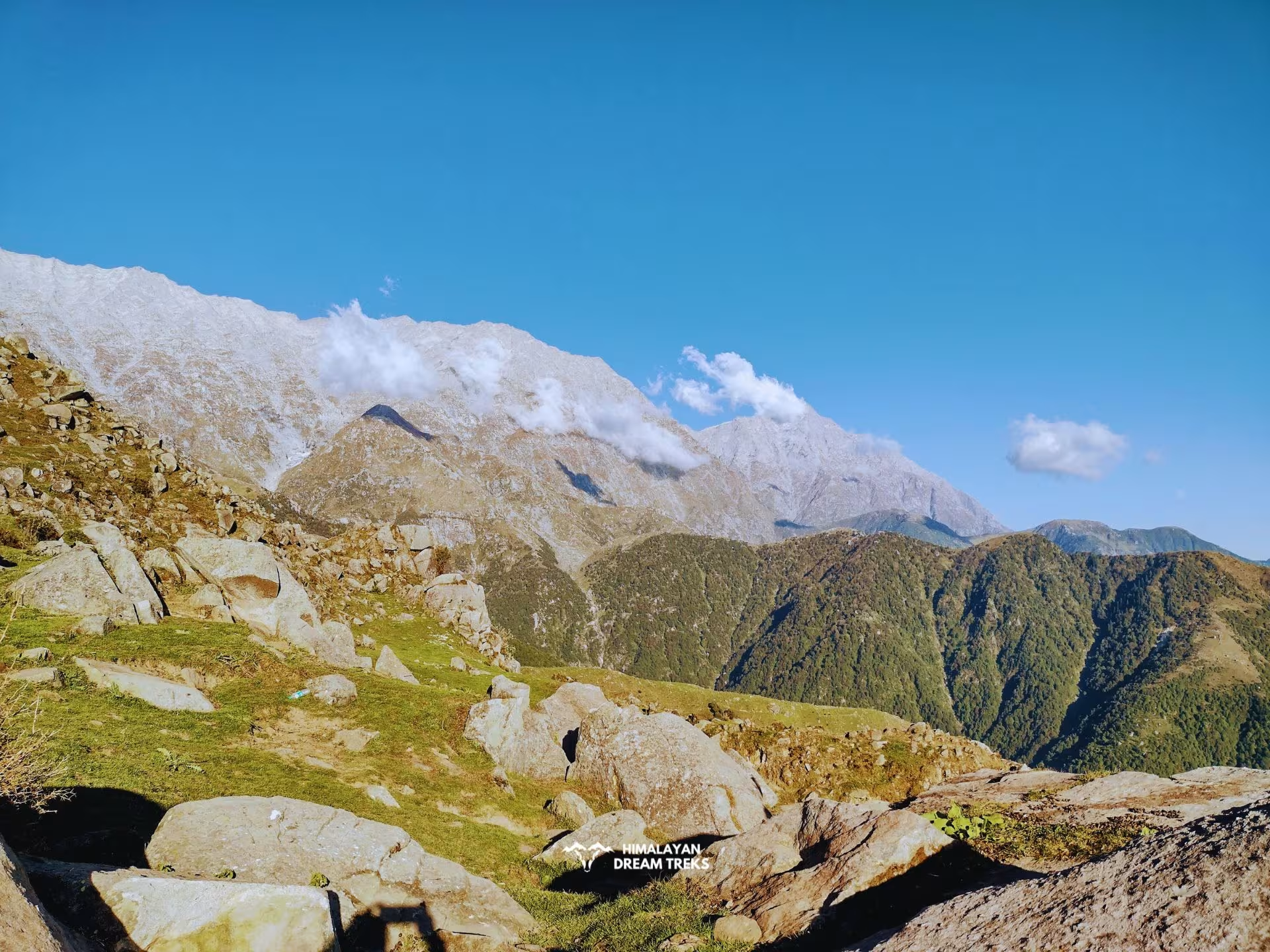
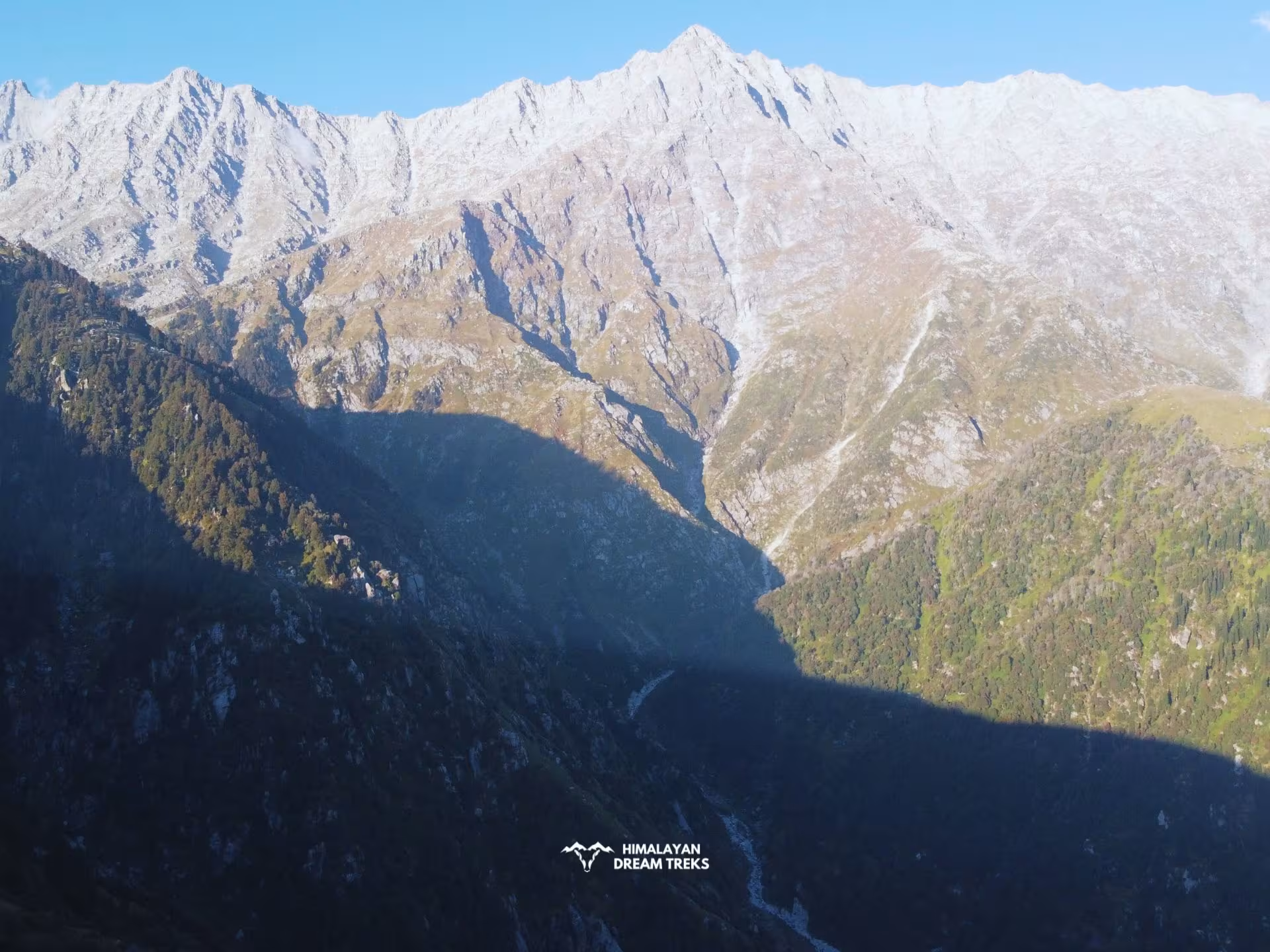
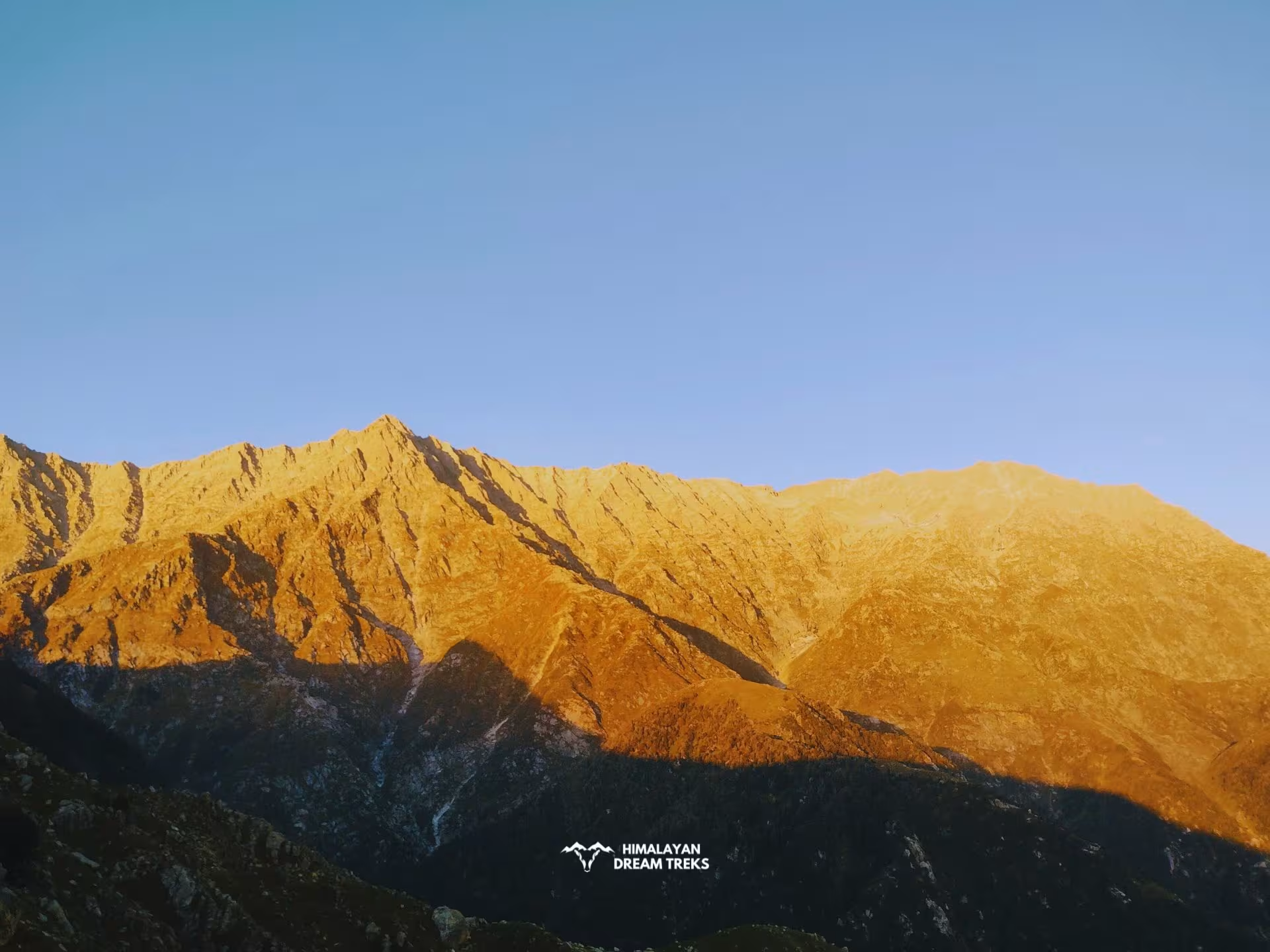

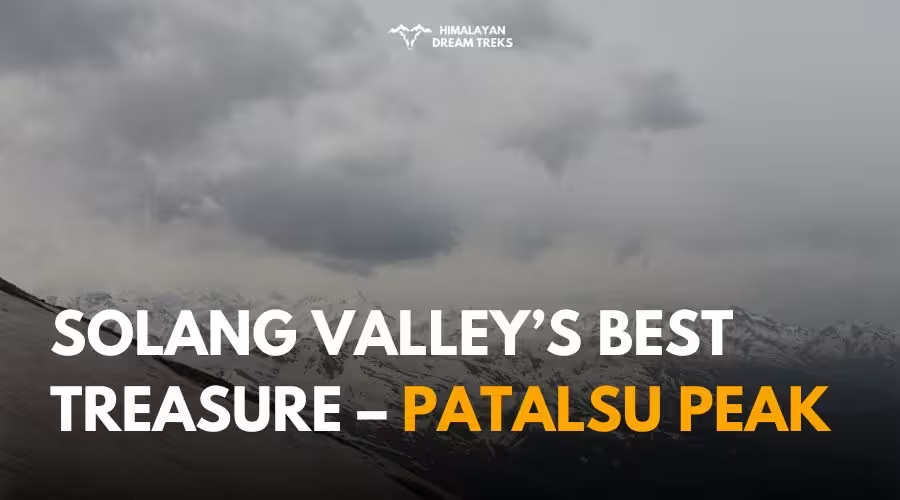
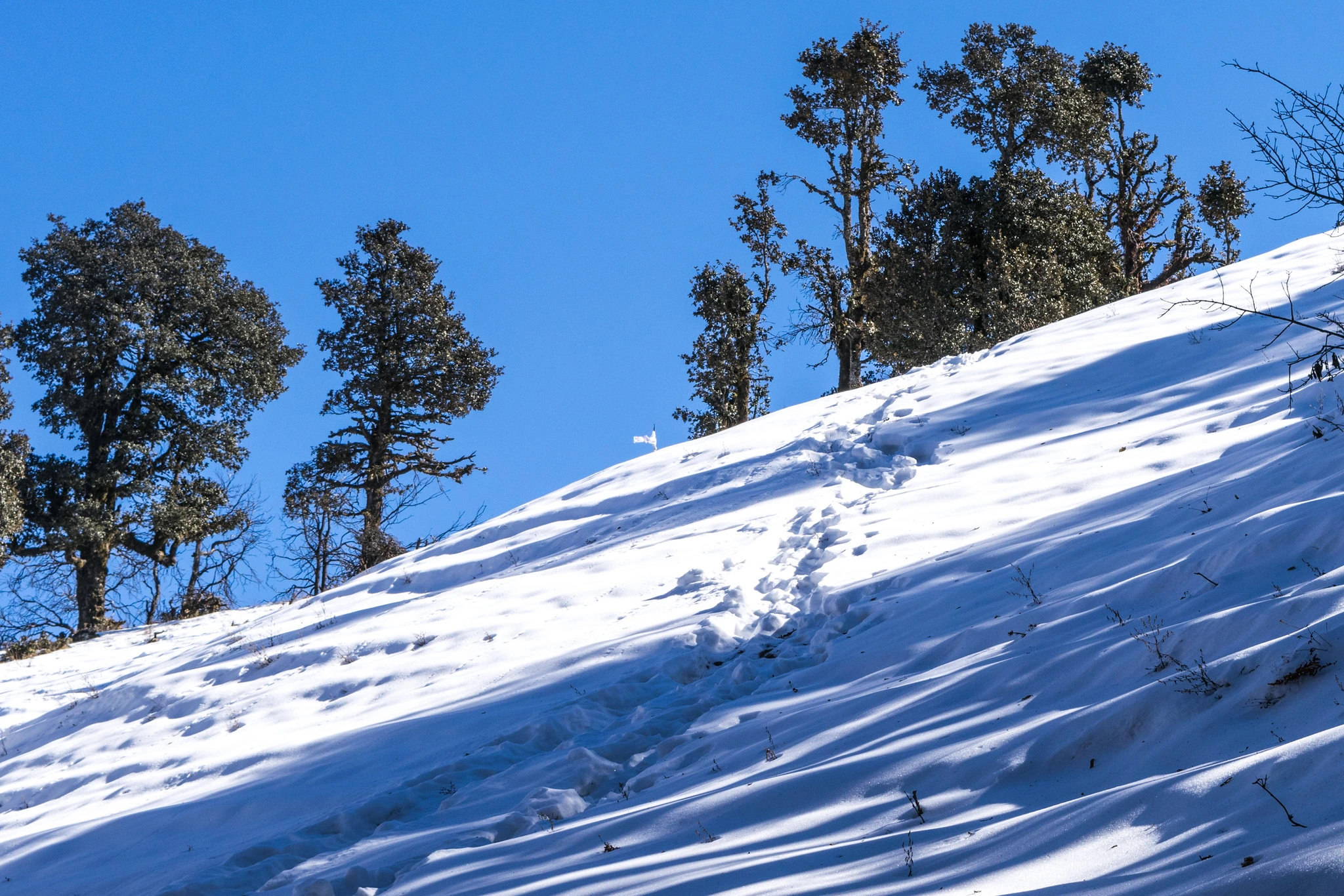
Leave a Comment